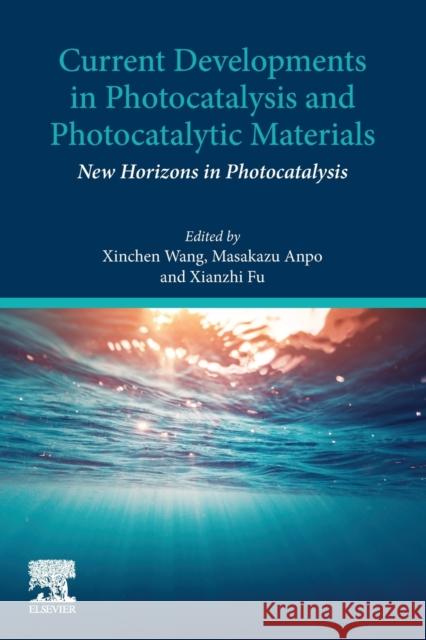Current Developments in Photocatalysis and Photocatalytic Materials: New Horizons in Photocatalysis » książka
topmenu
Current Developments in Photocatalysis and Photocatalytic Materials: New Horizons in Photocatalysis
ISBN-13: 9780128190005 / Angielski / Miękka / 2019 / 410 str.
Current Developments in Photocatalysis and Photocatalytic Materials: New Horizons in Photocatalysis
ISBN-13: 9780128190005 / Angielski / Miękka / 2019 / 410 str.
cena 811,23 zł
(netto: 772,60 VAT: 5%)
Najniższa cena z 30 dni: 790,87 zł
(netto: 772,60 VAT: 5%)
Najniższa cena z 30 dni: 790,87 zł
Termin realizacji zamówienia:
ok. 18-20 dni roboczych.
ok. 18-20 dni roboczych.
Darmowa dostawa!
Kategorie:
Kategorie BISAC:
Wydawca:
Elsevier
Język:
Angielski
ISBN-13:
9780128190005
Rok wydania:
2019
Ilość stron:
410
Oprawa:
Miękka
Wolumenów:
01
Dodatkowe informacje:
Bibliografia











